Are you ready to unlock the secrets of creating immersive game characters in Unity? With the right tools and techniques, you can bring your game world to life and captivate your players like never before. In this comprehensive guide, we’ll take you on a journey through the process of creating game characters in Unity, from understanding the basics of character creation to mastering advanced techniques for creating realistic and engaging characters.
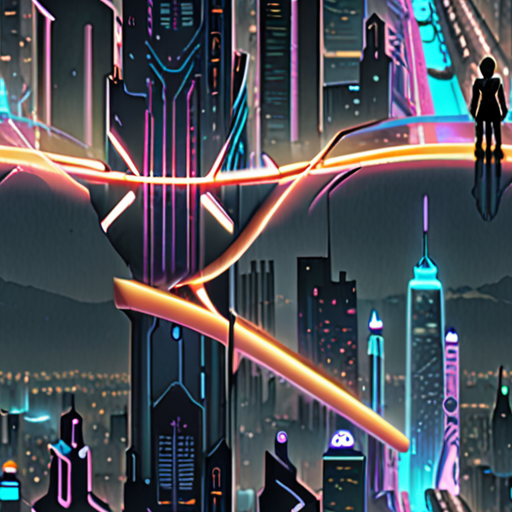
Creating Characters in Unity
In Unity, you can create characters using various methods, including importing pre-made models, creating custom models from scratch, or using a combination of both.
-
Modeling
Modeling involves creating the 3D shape of your character using software like Blender or Maya. You can import pre-made models or create custom ones from scratch.
-
Rigging
Rigging involves setting up the skeleton of your character, which allows it to move and animate properly. You can use Unity’s built-in rigging tools or third-party plugins like Mixamo.
-
Skinning
To get started with creating characters in Unity, you’ll need to have a basic understanding of 3D modeling and animation principles. You can find many online resources and tutorials that cover these topics in detail.
Some popular resources for learning character creation in Unity include:
- Unity Official Documentation
- Blender Official Website
- Autodesk Maya Official Website
Additionally, you can join online communities like the Unity Forums or Reddit’s r/Unity3D to connect with other developers and learn from their experiences.
Remember to always follow best practices for character creation in Unity, including optimizing your models for performance and using efficient animation techniques.
Creating a Character for Your Game
To create a character for your game, start by defining their personality, backstory, and motivations.
-
Personality Traits:
Determine your character’s personality traits, such as their values, fears, and desires.
- What motivates them?
- What are their strengths and weaknesses?
- How do they interact with others?
-
Backstory:
Create a rich history for your character, including their family, friends, and significant events.
- Where did they grow up?
- Who raised them?
- What significant events shaped their life?
-
Motivations:
Determine what drives your character forward, whether it’s a desire for power, revenge, or something else.
- What is their ultimate goal?
- What obstacles stand in their way?
- How do they plan to overcome these obstacles?
Designing Your Character’s Appearance
Consider how your character looks, moves, and interacts with the environment.
-
Clothing and Accessories:
Choose clothing and accessories that reflect your character’s personality and background.
- What type of clothing do they wear?
- Do they have any notable accessories?
- Why do they choose these items?
-
Physical Appearance:
Determine your character’s physical appearance, including their height, weight, hair color, and eye color.
- What is their body shape?
- Do they have any distinguishing features?
- How do they move?
-
Voice and Speech Patterns:
Consider how your character speaks and communicates with others.
- What is their accent?
- Do they have any speech patterns or mannerisms?
- How do they express themselves?
Balancing Personality and Gameplay Mechanics
Evaluate how your character’s personality affects gameplay mechanics, such as combat, exploration, and puzzle-solving.
-
Combat Mechanics:
Consider how your character’s abilities and skills impact combat.
- What abilities do they possess?
- How do they use these abilities in combat?
- What are their strengths and weaknesses in combat?
-
Exploration Mechanics:
Think about how your character navigates the game world.
- What abilities do they possess that aid in exploration?
- How do they interact with the environment?
- What are their limitations in exploration?
-
Puzzle-Solving Mechanics:
Consider how your character approaches puzzles and challenges.
- What skills do they possess that aid in puzzle-solving?
- How do they approach complex problems?
- What are their limitations in puzzle-solving?
Iterating and Refining Your Character
Continuously evaluate and refine your character based on player feedback and testing.
-
Player Feedback:
Listen to player feedback and adjust your character accordingly.
- What changes do players suggest?
- How do you incorporate these suggestions?
- What impact do these changes have on gameplay?
-
Testing and Iteration:
Test your character in various scenarios and iterate on their design.
- What issues arise during testing?
- How do you address these issues?
- What improvements result from iteration?
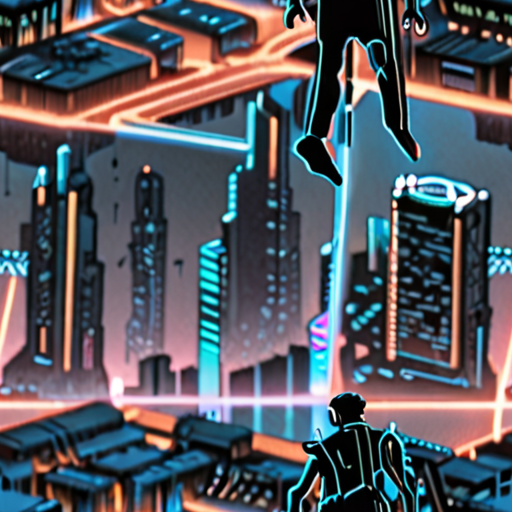
Creating 3D Models in Unity
As an indie game developer, I’m excited to share my knowledge on how to create stunning 3D models in Unity.
- Unity’s Built-in Modeling Tools
Unity offers a robust set of built-in modeling tools that allow you to create complex 3D models from scratch. These tools include the Mesh Filter, Mesh Renderer, and Skinned Mesh Renderer components.
- Create a new mesh filter component and assign a mesh object to it.
- Add a mesh renderer component to the mesh filter and configure its settings as needed.
- Use the skinned mesh renderer component to create animated characters and creatures.
You can also integrate third-party modeling software into your Unity workflow to take advantage of advanced features and tools. Some popular options include Blender, Maya, and 3ds Max.
- Export your 3D model from the external software in a compatible file format (e.g., FBX, OBJ).
- Import the exported model into Unity and adjust its settings as needed.
- Use the imported model in your Unity project, taking advantage of its unique features and capabilities.
To get the most out of Unity’s modeling tools and third-party integrations, follow these best practices:
- Keep your models simple and optimized for performance.
- Use Unity’s built-in physics engine to simulate realistic collisions and interactions.
- Experiment with different materials and textures to achieve unique visual effects.
Tips and Tricks for Advanced Modelers
For experienced modelers looking to push the boundaries of what’s possible in Unity, here are some advanced tips and tricks:
- Use Unity’s scripting API to create custom shaders and effects.
- Take advantage of Unity’s animation system to create complex character animations.
- Experiment with Unity’s physics-based rendering (PBR) pipeline to achieve realistic lighting and reflections.
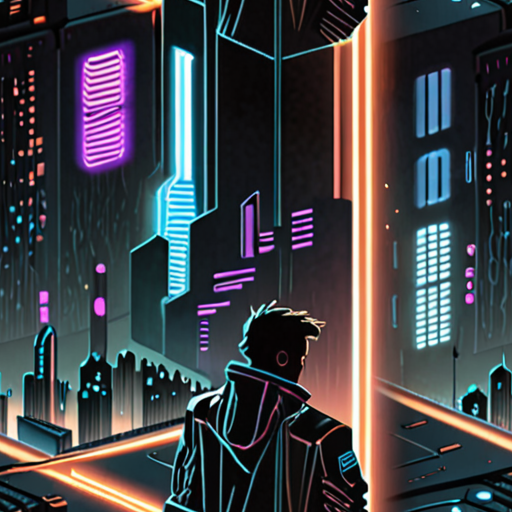
Creating Your Own 3D Character
To create your own 3D character, start by defining its appearance, personality, and abilities.
-
Design Your Character’s Appearance
Decide on the character’s shape, size, texture, and color scheme. Consider factors like proportion, balance, and visual appeal.
- Create a wireframe model using software like Blender or Maya to visualize your character’s skeletal structure.
- Add surface details, such as skin, hair, and clothing, using modeling and texturing techniques.
- Refine your character’s appearance by adjusting proportions, adding facial features, and experimenting with different styles.
-
Develop Your Character’s Personality
Give your character a unique personality, backstory, and motivations to make them relatable and engaging.
- Consider your character’s age, occupation, and social status to inform their behavior and interactions.
- Develop a rich backstory, including their history, relationships, and conflicts, to add depth to your character.
- Define your character’s values, goals, and fears to create a sense of authenticity and emotional resonance.
-
Define Your Character’s Abilities
Determine your character’s skills, powers, and limitations to create a believable and engaging experience.
- Consider your character’s physical abilities, such as strength, agility, and endurance, to inform their actions and interactions.
- Develop special abilities, such as magic or superpowers, to set your character apart and create opportunities for exciting gameplay.
- Establish limitations and vulnerabilities to create tension and challenge your character’s abilities.
Once you’ve defined your character’s appearance, personality, and abilities, you can begin building their 3D model and animating their movements.
Building Your 3D Model
Use software like Blender or Maya to create a 3D model of your character, taking into account their design, proportions, and texture.
- Create a low-poly model to optimize performance and reduce file size.
- Add surface details, such as skin, hair, and clothing, using modeling and texturing techniques.
- Refine your character’s model by adjusting proportions, adding facial features, and experimenting with different styles.
Animating Your Character
Use software like Blender or Maya to animate your character’s movements, taking into account their personality, abilities, and limitations.
- Create a rigging system to control your character’s movements and expressions.
- Add animations, such as walking, running, and jumping, to bring your character to life.
- Experiment with different animation styles and techniques to create a unique and engaging experience.
Finalizing Your Character
Once you’ve built and animated your character, refine their appearance, personality, and abilities to create a cohesive and engaging experience.
- Make final adjustments to your character’s design, proportions, and texture.
- Refine their personality, backstory, and motivations to create a rich and immersive experience.
- Test and iterate on your character’s abilities and limitations to ensure a balanced and engaging experience.
The Easiest 3D Character Creator
I’ve tried several 3D character creators, and I can confidently say that Mixamo is one of the most user-friendly options available.
- Mixamo is a browser-based tool developed by Adobe that focuses on easy rigging and 3D character animation.
- Its ideal for beginners needing animated models quickly and works well with custom and premade characters.
- Pros: Free animations and rigging; accessible for beginners; works perfectly with Adobe products.
Other Notable Options
While Mixamo stands out for its ease of use, there are other notable options worth considering:
- MeshLab – A free, open-source 3D model editor that offers advanced features and customization options.
- Blender – A popular, free 3D creation software that includes modeling, rigging, and animation tools.
- Autodesk Maya – A professional-grade 3D computer animation, modeling, simulation, and rendering software.
Why Choose Mixamo?
Mixamo’s ease of use, combined with its seamless integration with Adobe products, makes it an excellent choice for indie game developers looking to create high-quality 3D characters quickly and efficiently.
Tips for Getting Started
To get the most out of Mixamo, be sure to:
- Familiarize yourself with the interface and tools.
- Experiment with different character models and rigs.
- Take advantage of Mixamo’s free animations and rigging features.
Conclusion
In conclusion, Mixamo is an excellent choice for indie game developers looking to create high-quality 3D characters quickly and efficiently. With its ease of use, seamless integration with Adobe products, and advanced features, it’s an essential tool for anyone working in 3D character creation.
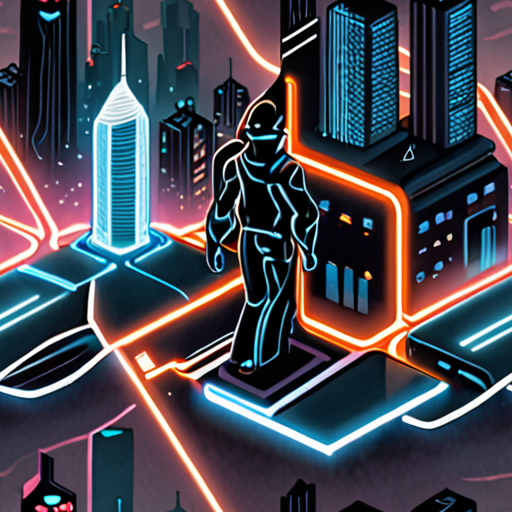
Is 3D Character Modeling Hard?
The difficulty of 3D character modeling depends on various factors, including the complexity of the model, the level of detail required, and the artist’s skill level.
- A simple 3D model with basic shapes can be created relatively easily, even for those with no prior experience.
- However, creating complex models with intricate details, textures, and animations requires a high level of expertise and technical knowledge.
Key Challenges in 3D Character Modeling
- Understanding 3D modeling software and tools, such as Blender, Maya, or 3ds Max.
- Developing skills in sculpting, texturing, and rigging to create realistic characters.
- Mastering lighting and rendering techniques to achieve photorealistic results.
- Creating believable facial expressions and body language through animation.
Tips for Improving 3D Character Modeling Skills
- Practice regularly to develop muscle memory and fine-tune your skills.
- Learn from online tutorials, videos, and courses to stay updated with industry standards.
- Join online communities and forums to connect with fellow artists and learn from their experiences.
- Experiment with different software and tools to find what works best for you.
Conclusion
While 3D character modeling can be challenging, it is also a rewarding and creative field that offers endless opportunities for growth and innovation. With dedication, persistence, and a willingness to learn, anyone can improve their skills and become proficient in 3D character modeling.

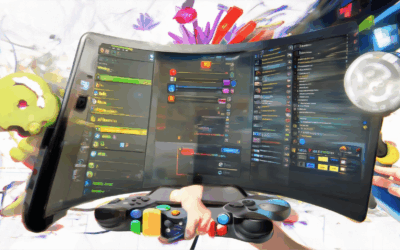


0 Comments